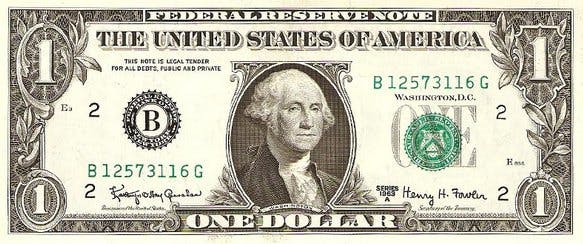$10,000 is still $10,000 = Capital Preservation
$10,000 still buys what it did = Purchasing Power Preservation
The distinction is vital to your long-term wealth!
Not a month goes by that we do not have a call where someone inquires about investing and includes the phrase, “but I don’t want to lose my money“. The purpose of this week’s blog is to define what it means to “not lose money“.
Capital preservation is a conservative investment approach intended to protect the amount of money expressed in terms of the dollar value of money in a portfolio. Its goal is to retain the monetary value of an investment.
Purchasing power preservation is the investment approach intended to protect the value of money expressed in terms of the number of goods or services money can buy. Its goal is to retain the purchasing power of a given amount of money invested.
Let’s look at an example of both:
Capital Preservation: 10 years ago (2012) John invested his $10,000 IRA in an investment (like a CD) paying 3% interest ($25 per month). His primary goal was Capital Preservation. At the end of 10 years (2022) if he had taken the interest as income his account would be worth $10,000. He preserved his original capital (investment).
Purchasing Power Preservation: If john wanted to protect his purchasing power, at the end of 10 years (2022) he would need to have $12,904 in his IRA account. He would need $12,904 (after taking his $25 monthly income) in 2022 to buy what $10,000 would have bought in 2012.
The lesson is that if you want to TRULY protect your capital, it is not enough to maintain your original investment. The true value (purchasing power) of John’s IRA investment decreased by 29% from 2012 to 2022, even though he has the same amount of dollars. What causes this loss of purchasing power? Inflation (click for more detailed inflation info).
Is it possible to live in retirement for 20-25 years with the goal of Capital Preservation? Yes, if one of the following is true:
- You are willing to lower your standard of living each year because your “steady” income buys less and less each time you go to the grocery, fill up your tank, or eat out at a restaurant.
- You have more money than you can ever spend.
If neither of those options describes your situation… how can you invest your money AND protect your purchasing power?
Next week we will discuss how (and where) one can invest so that their money maintains its purchasing power.

Dave Conley, CFP

